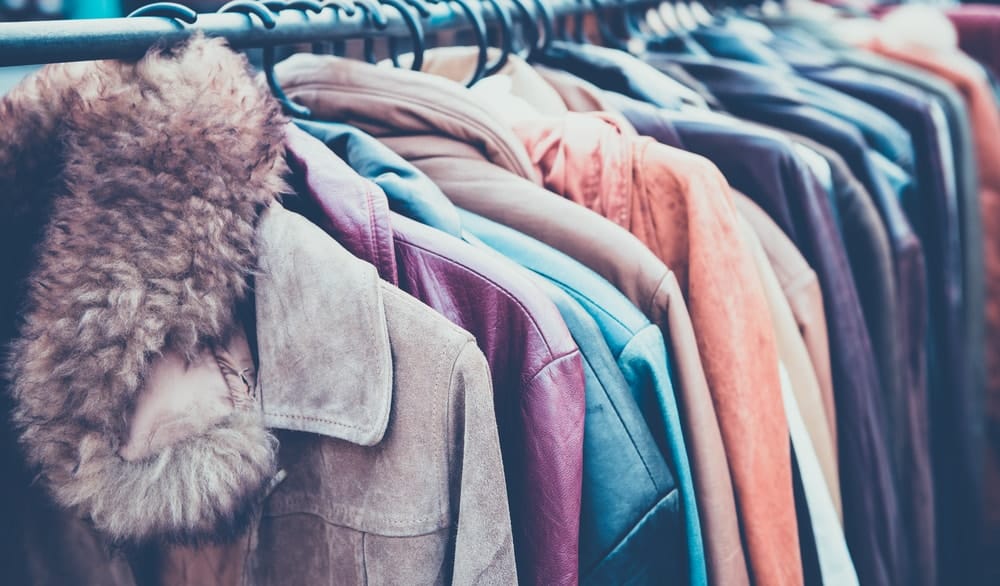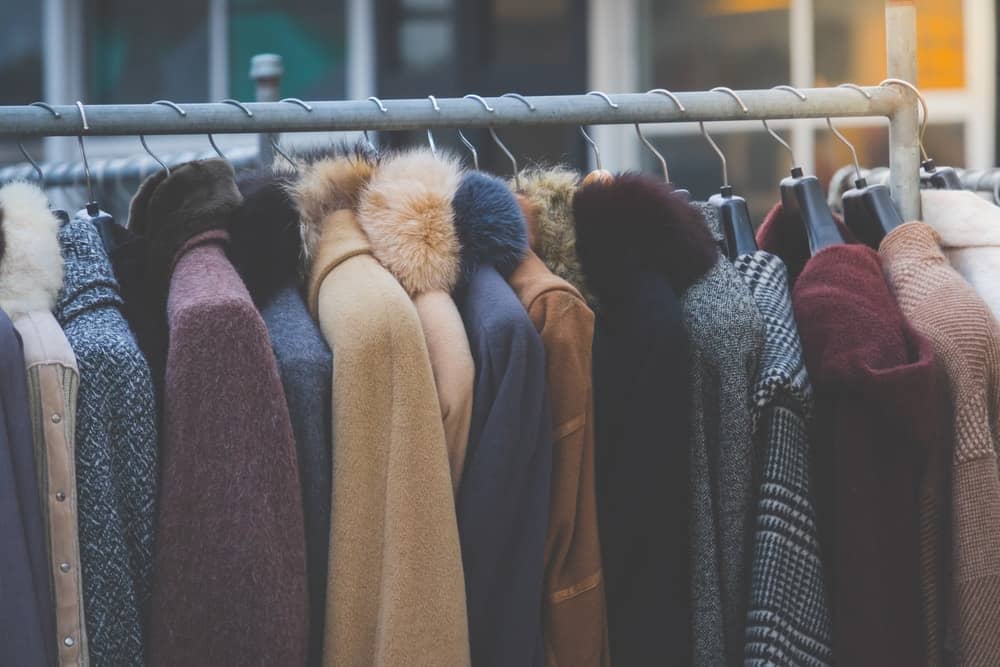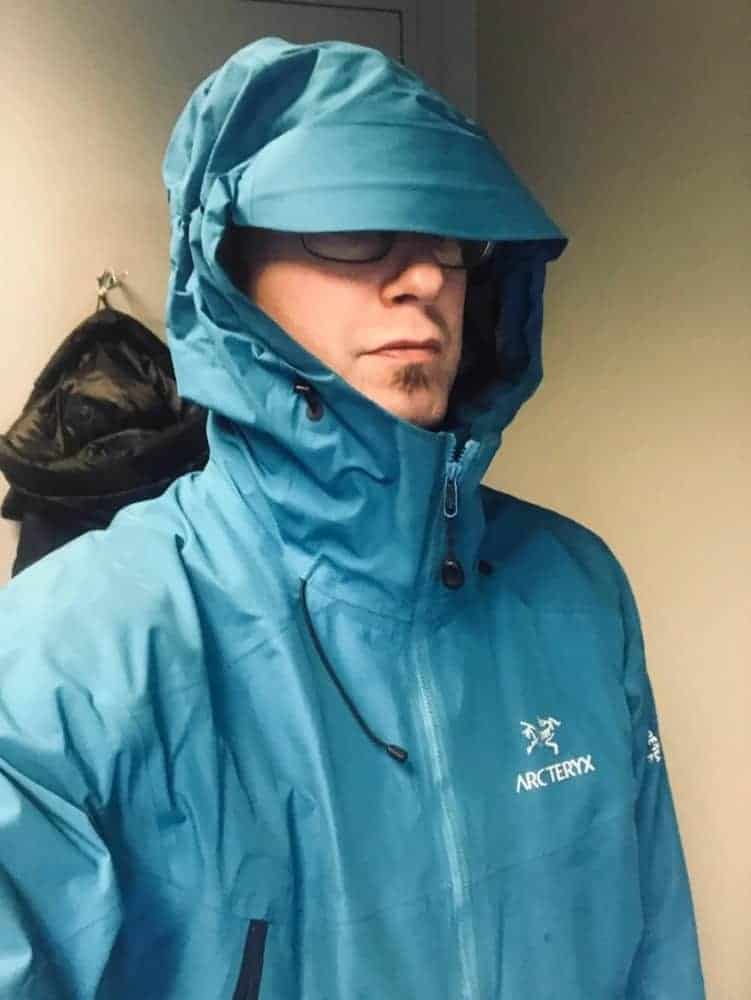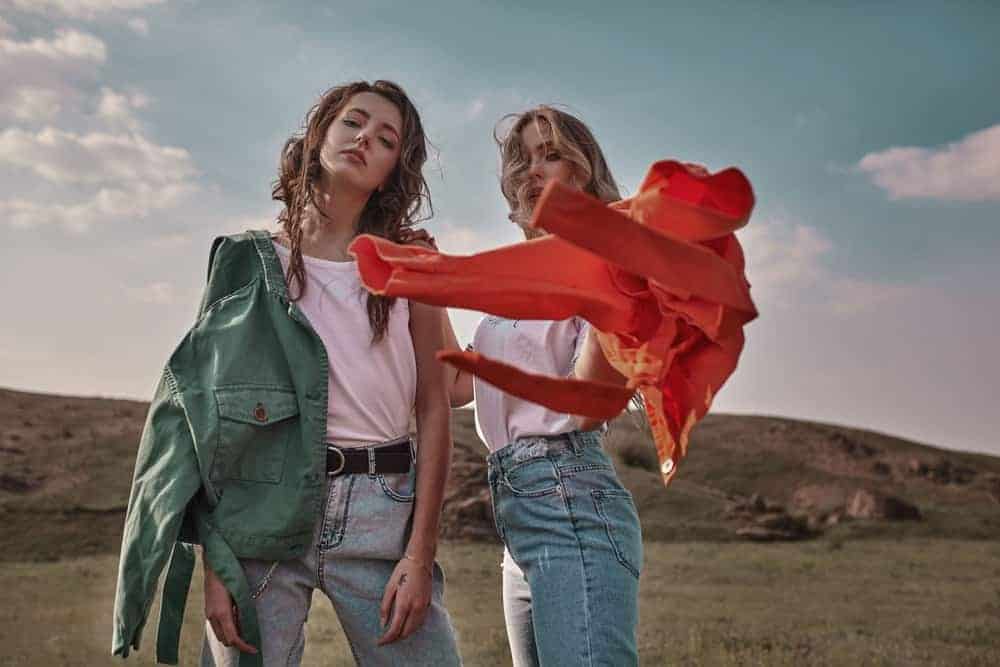Discover your personal style soul mate and match that with an appropriate type of coat that would enhance and elevate your personal style to new heights.

Are you flirty? Quirky? Sophisticated? Elegant? Traditional or super modern? Whatever your style, whatever your personality, there’s a perfect type of coat that will match. The best part of winter is playing around with winter fashion. And no winter look can possibly be complete without a great coat. Find the type of coat that will be your perfect style soul mate, and you can at least look great when you’re out in the bracing winter weather.
Types of Coats
There are lots of different types of coats out there. Most people pick the coat they want to wear based on one of two factors: how it looks and how warm it is. Depending on your personal sense of style and the climate you live in, you can find a style of coat that’s going to be just right for those cold days and nights.
If you really want to fight the cold, an overcoat is a perfect solution. An overcoat is a loose-fitting, full coat with long sleeves that falls to at least mid-thigh. This coat has a straight silhouette and usually has lapels. Overcoats can be made in just about any material from wool to leather.
Duster coats are a classic style that has been popularized as quintessential Old West-era fashion in movies and TV shows. This is a loose-fitting coat that is shorter in the front, usually about hip-length, and ankle-length or slightly shorter in the back. In traditional designs, the back of the duster hangs all the way to the ground. This is why this type of coat is called a duster, as it “dusts” the ground when you wear it. Dusters are typically made in leather or fabric.
Peacoats are double-breasted. That means the coat has a dual row of vertical buttons that are parallel to each other running down the front of the coat. Pea coats are typically hip length. This style staple has been around since the 1800s Peacoat designs were originally made for soldiers in the Dutch navy. The style caught on with the U.S. Navy and moved into popular fashion from there. Traditional peacoat designs are made from wool or heavy cloth.
Puffer coats are kind of bulky, which is why some people don’t like them. But if you wear a puffer coat, you’ll get it. These coats are made with insulated sections that are separated by rows of stitches. The insulation helps keep you from losing body heat even in very cold temperatures.
And because they’re made with lightweight insulation instead of heavy fabric to keep you warm, they’re surprisingly easy to wear. Puffer coats come in a huge range of styles and lengths, though they are definitely their own look that’s immediately recognizable. These coats are sold in a huge range of colors in every shade you can imagine, including metallic tones.

The trench coat is a true classic. It’s a look that’s been around for decades and yet it’s always a fashionable choice. The trench coat stays popular because it will keep you warm. Trench coats are full-length coats that fall to the knee or lower with full sleeves.
Trench coats usually have an attached belt that can cinch them closed and a double-breasted front. Khaki is the classic trench coat color, trench coats are designed in all colors and patterns. This coat also began in the military. Originally, it was designed for officers who wore them in the trenches on the front lines of battle.
Parkas were designed for U.S. Army soldiers going into very cold climates. These large, loose-fitting coats were originally made with animal skin, typically caribou or seal. Parkas are usually lined and made for warmth, typically in hip-length designs. Usually, parkas are designed with attached hoods that provide head warmth. Parkas are now made with a variety of materials, everything from vinyl to thick wool to plastic.
Cape coats are recognizable for their loose, drapey style that’s highly unstructured. Cape coats look like capes: a lot of fabric that falls to about waist-length. These coats have very loose sleeves if they have any sleeves at all. Cape coats are designed to be worn around the neck and draped around the body. They usually have a button closure at the neck. Cape cods are usually made from wool or heavy cotton blends.
Fur coasts really hit their stride in the 1960s and 1970s fashion, when every stylish girl just had to have one of these expensive, luxurious coats. The pinnacle of fur coat fashion was the mink coat, prized for being one of the more expensive style options. Mink coats were available in a huge array of colors and styles that put slight variations on the classic fur coat silhouette.
The classic fur coat is made to be worn open and ranges from waist to hip length. though they can go all the way to ankle-length in some designs. Fur coats usually have lapels and sometimes have attached hoods. Today, there are many faux fur coats available that are still soft and luxurious but also cruelty-free. Traditional fur coats were often made in natural colors, like browns, blacks, and whites. In today’s fashion, however, faux fur coats come in every shade of the rainbow.
The most noticeable feature of duffel coats is the toggle closures that run down the front of the coat. Usually, these heavy coats are made from wool. To be a true duffel coat, the wool comes from the town of Duffel itself. In traditional designs, duffel coats have an attached hood and two large lower pockets. These coats are cut to hang straight down the body.
Choosing a Coat to Completement Your Style

The style and cut of the coat matters and of course, the level of warmth it provides is highly important. But you also want to think about the color of your coats. Choose shades that are going to complement your natural coloring, because your coat should be flattering to you.
Classic coat colors are usually more neutral in tone. There are a lot of dark blues, grays, blacks, and browns when you’re coat shopping. If you have fair coloring and light hair, black and dark blue will complement you very well. Brown is great for bringing out the warmth in blondes and redheads with honey skin tones, while grays and blues look gorgeous on brunettes and pale skin tones.
If you have warmer skin and hair tones, Earth colors like red, orange, yellow, and brown will look great on you. Look for rich, warm colors rather than pastel shades. Deep pinks, rust reds, and even olive green will look great on you. If your skin is more golden or peachy, then you’re a warm tone. Your skin may have yellowish undertones to it when you’re warm.
Cooler skin tones and hair shades can wear vibrant jewel tones and cooler colors. Try shades of cool blues and greens, icy purples, pale pinks, and even bright reds to bring out your cool brand of beauty. You can determine if your coloring is cool based on the undertone of your skin. Take a look at your inner wrist and inner elbow to see if your veins look more blue-ish than they do green-ish. If they look bluer, you’re a cool tone. Your skin will have pinkish undertones if you have cool coloring.
Dress for your coloring, for your personal sense of style, and for the weather you’re going to be facing. No matter what you happen to be wearing or what colors you choose, the most attractive thing you can wear is being comfortable in your own skin. Always dress for comfort in the environment you’re in, and you’ll always be stylish and beautiful.




